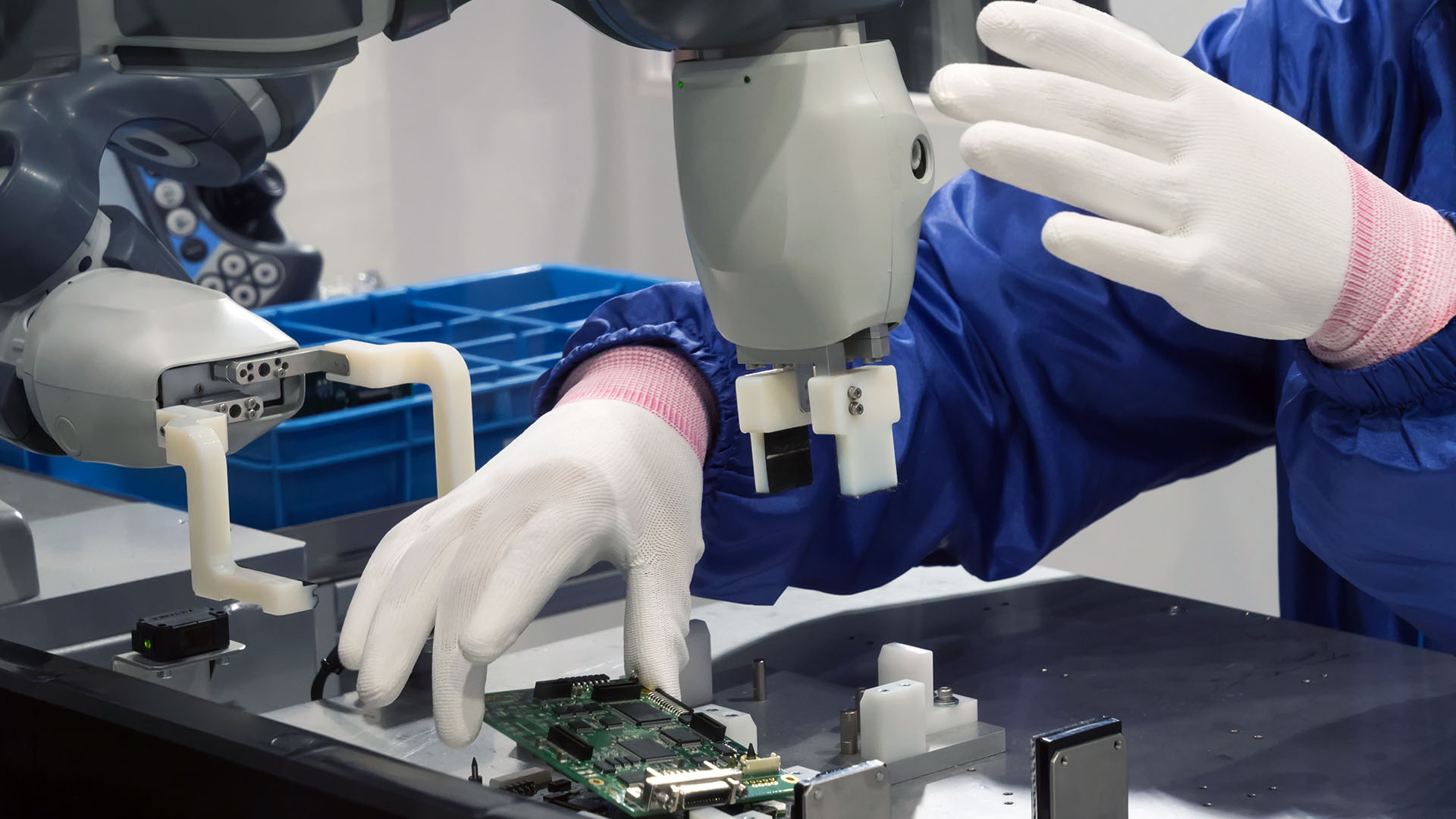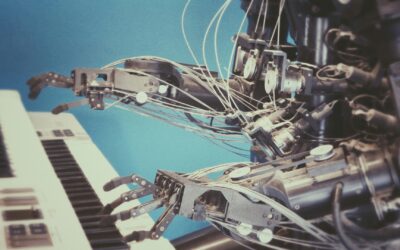Collaborative robotics, or cobots, are robots that can safely and effectively work alongside humans in manufacturing and industrial environments. Unlike traditional industrial robots, which are often caged and require extensive safety measures to protect workers, cobots are designed to safely interact with humans and work in close proximity to them.
Cobots are becoming increasingly popular in manufacturing and other industries as they can help boost productivity while reducing costs. For example, cobots can be used to assist workers in tasks that are repetitive or dangerous, such as welding or lifting heavy objects. In addition, cobots can help to increase productivity by completing tasks more quickly and accurately than humans and can work tirelessly for long hours without needing breaks, which can help to increase output in busy factories.
Beneficial to Small and Mid-Sized Manufacturers
Small and mid-sized businesses can benefit from collaborative robots in a number of ways. Because cobots are designed to work alongside humans in manufacturing and other industrial settings, they can help to reduce the amount of time needed to complete tasks. For example, a cobot can be used to load and unload parts from a machine, which can free up time for human workers to carry out other tasks. In addition, cobots can be programmed to carry out repetitive tasks quickly and accurately, which can help to improve overall productivity.
Another benefit of using cobots is that they can help to improve safety in the workplace. Cobots are designed to work safely alongside humans and can help to reduce the risk of accidents and injuries. For example, if a cobot is used to lift heavy objects, it can help to reduce the risk of back injuries.
Provide More Flexibility to Human Workers
One of the benefits of cobots is that they can be easily integrated into existing production lines. This allows manufacturers to add cobots to their workforce without having to make major changes to their operations.
Cobots are also highly versatile. They can be programmed to perform a wide range of tasks, including assembly, inspection, packaging, and more. This flexibility gives manufacturers the ability to quickly adapt their production lines to changing needs.
Finally, cobots are much safer to work with than traditional industrial robots. Their collaborative design means that they are less likely to injure humans if they come into contact with them. This makes them an ideal solution for manufacturers who are looking to improve safety in their factories.
Increased ROI
Robots are increasingly becoming a staple in many industries, with their abilities to work long hours without tiring, and to complete tasks with high precision and consistency. However, many companies are still hesitant to invest in robots, as they can be costly and complicated to program. Collaborative robotics that are designed to work alongside humans can provide a number of advantages that make them a worthwhile investment.
Cobots are typically much easier to program than traditional industrial robots, as they often come with user-friendly software that does not require extensive training to use. This can save companies a significant amount of money on training and programming costs. In addition, cobots are much less expensive than industrial robots, making them a more affordable option for small and medium-sized businesses.
Perhaps most importantly, cobots can help to improve safety in the workplace. They utilize laser safety mechanisms to stop and start working when they detect an obstacle in their path, meaning that they are less likely to injure a human worker. This is a significant consideration in industries where workers are often required to work in close proximity to machines.
Looking Ahead
Overall, collaborative robotics can provide a number of advantages that make them a worthwhile investment for many businesses. Their relatively low cost, easy programming, and safety benefits make them an attractive option for companies looking to improve the efficiency of their manufacturing processes.
As collaborative robotics technology continues to evolve, it is likely that cobots will become increasingly commonplace in a wide range of industries.
Automation Alley is a World Economic Forum Advanced Manufacturing Hub (AMHUB) for North America and a nonprofit Industry 4.0 knowledge center with a global outlook and a regional focus. We facilitate public-private partnerships by connecting industry, education and government to fuel Michigan's economy.




